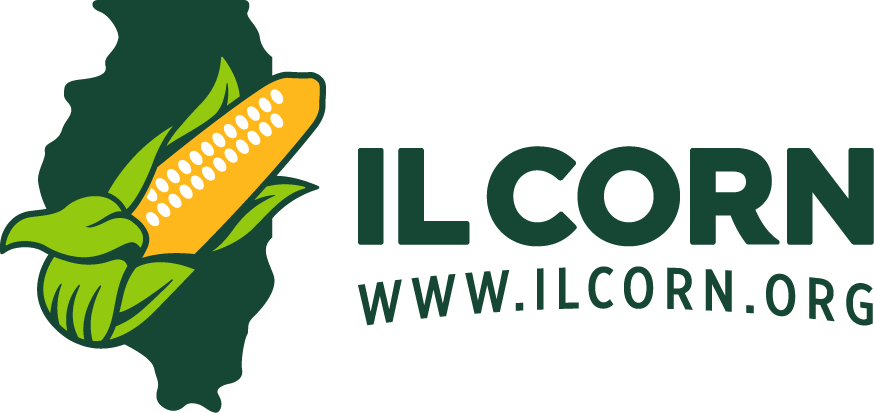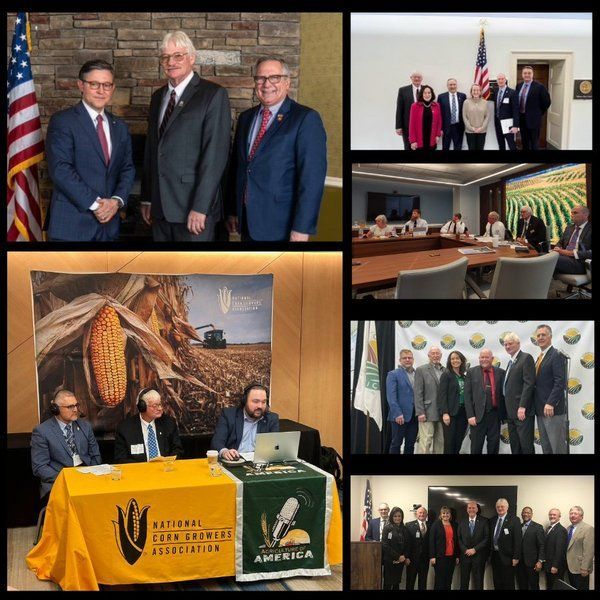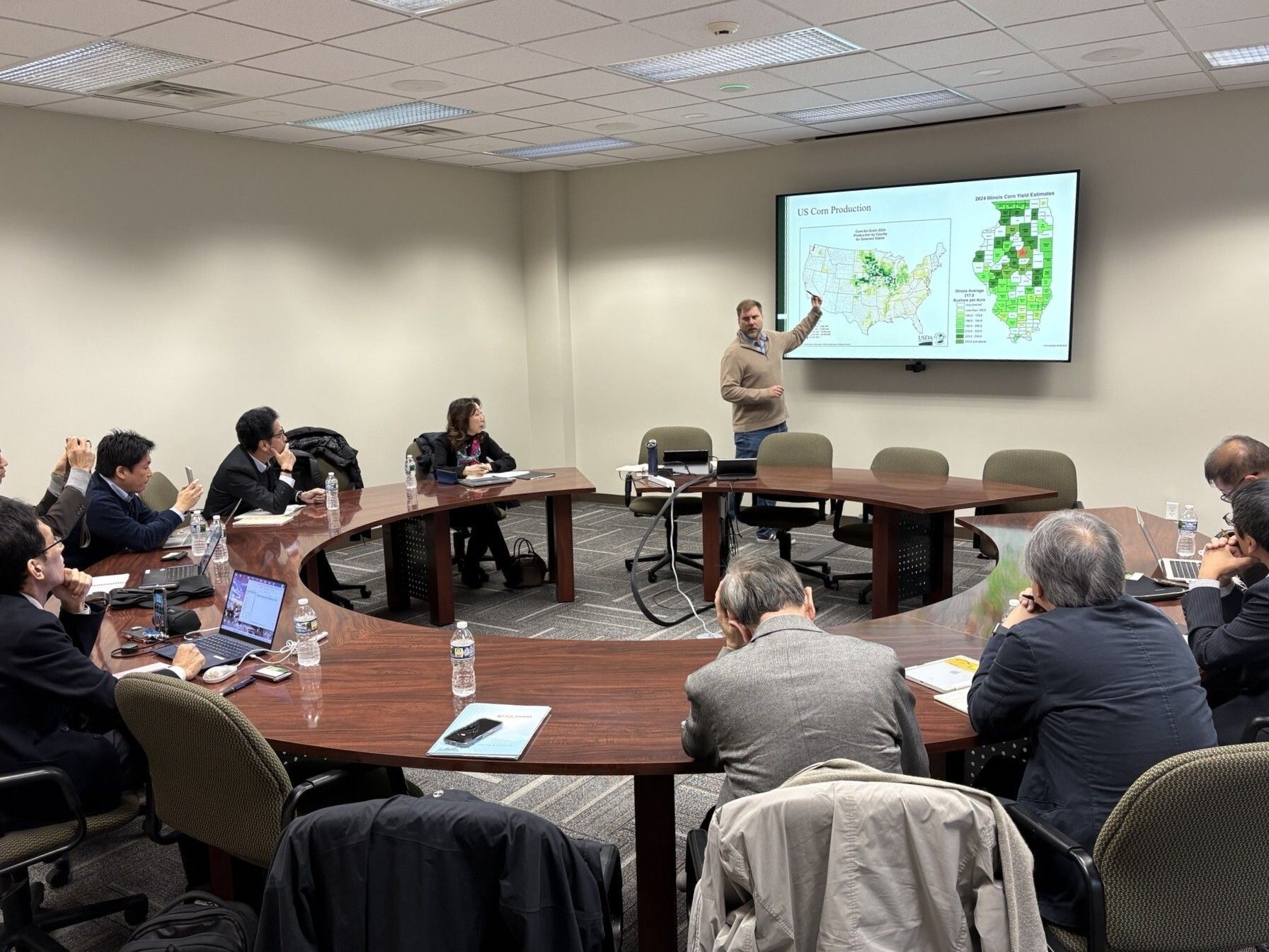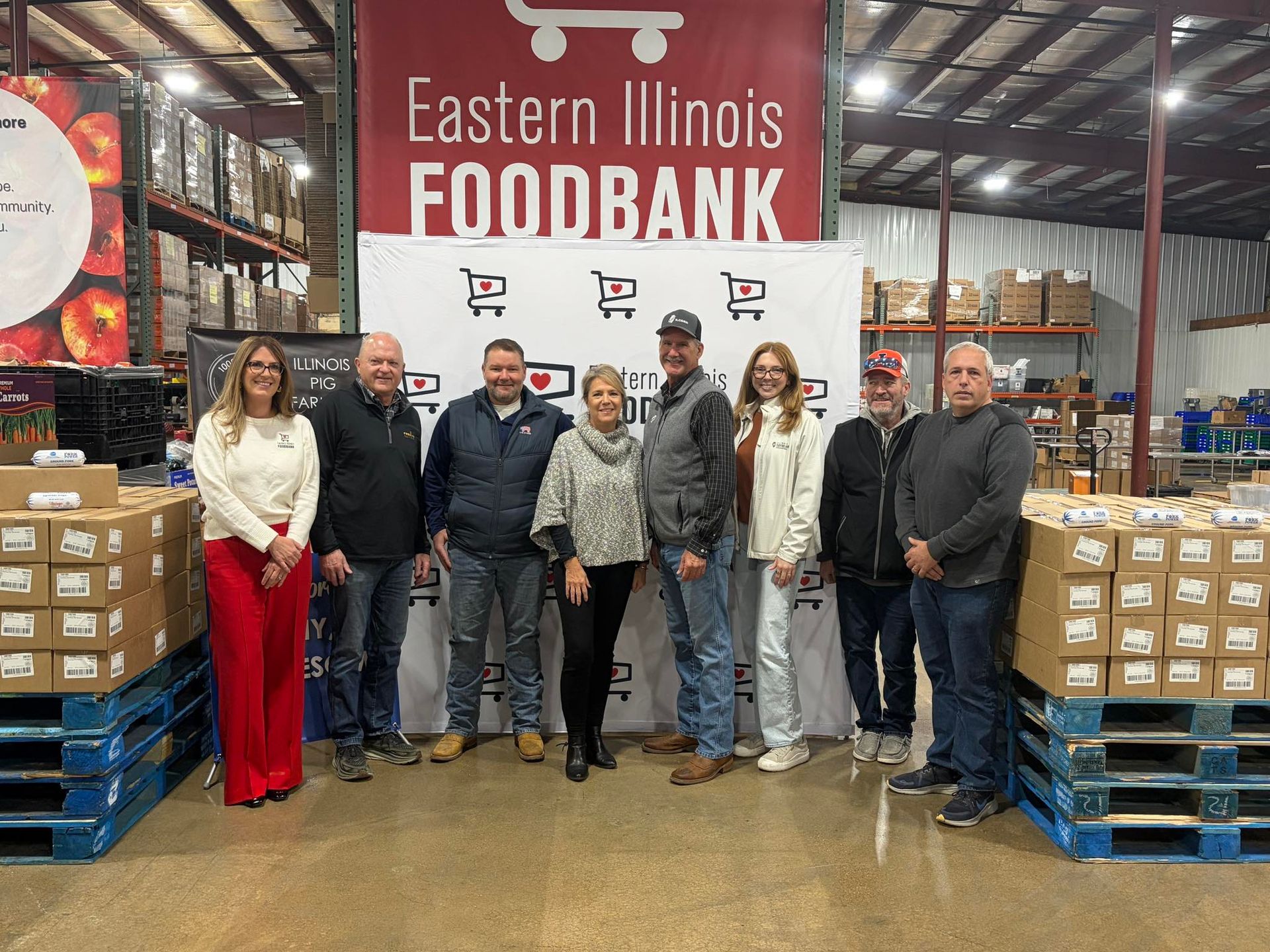6 Myths vs Facts on No-Till Practices
Transitioning to no-till practices can feel like a leap, especially if you've heard mixed messages about what it might mean for your crops. Here, we tackle some common myths and facts to help farmers decide if no-till could work for them.
Myth: “No-till will reduce my yields in corn and soybean production.”
Fact:
Studies and farmer experience show that no-till practices can actually improve yields over time. No-till protects soil from erosion and retains moisture, helping crops perform well in dry years. While the transition may take time for soil to adjust, no-till farmers often see better organic matter, which improves water retention and nutrient availability — key factors for yield resilience.
Myth: “I’ll have more weed pressure if I don’t till my fields.”
Fact:
No-till changes weed dynamics, but it doesn’t automatically mean more weeds. With a robust weed management plan — like cover crops, timely herbicide applications, and crop rotations — many no-till farmers report no increase in weeds and even find that cover crops help suppress them. Over time, some even report reduced weed pressure as healthier soils lead to better crop competition.
Myth: “Soils will get compacted without tillage.”
Fact:
While it’s true that compaction is a concern for any field, no-till practices can actually reduce compaction over time. By keeping roots and organic matter in place, no-till builds soil structure, increasing aeration and reducing bulk density. Deep-rooted cover crops like radishes also help alleviate compacted layers naturally, improving soil resilience without the need for tillage.
Myth: “No-till only works in dry regions.”
Fact:
No-till can benefit farmers in both dry and wetter climates. In Illinois, for example, where conditions can vary year to year, no-till helps stabilize moisture levels by improving soil organic matter and structure. This keeps more water available to crops during dry spells and prevents erosion during heavy rains. With appropriate drainage and cover crops, no-till can support strong yields in a variety of climates.
Myth: “No-till requires completely new and expensive equipment.”
Fact:
While some modifications may help, you don’t need to overhaul your entire setup to start no-tilling. Small adjustments to planters, like adding no-till coulters or residue managers, can often make your current equipment work. Many farmers start with small, affordable changes before investing in new tools, especially as they evaluate no-till on a few trial acres.
Myth: “My yields will drop right away if I go no-till.”
Fact:
The transition phase may bring slight yield adjustments, but this is usually temporary. In the first couple of years, soils are building up structure, and organic matter is increasing. Most no-till farmers report that yields stabilize and often increase within three to five years, with the added benefit of greater soil health and resilience.
Embrace the Benefits of No-Till:
No-till practices may not be a “one-size-fits-all” solution, but with proper management, they offer valuable benefits like healthier soils, lower fuel costs, and better moisture retention. Understanding the realities and debunking these myths can help farmers make informed choices about if, when, and how to transition to no-till for their unique operations.
Starting small and adjusting as you go can open the door to a healthier soil profile and a more resilient farm operation.
Check out the data that Precision Conservation Management has collected anonymously from Illinois farmers to see more on what works and is most profitable on Illinois farms.











































































































